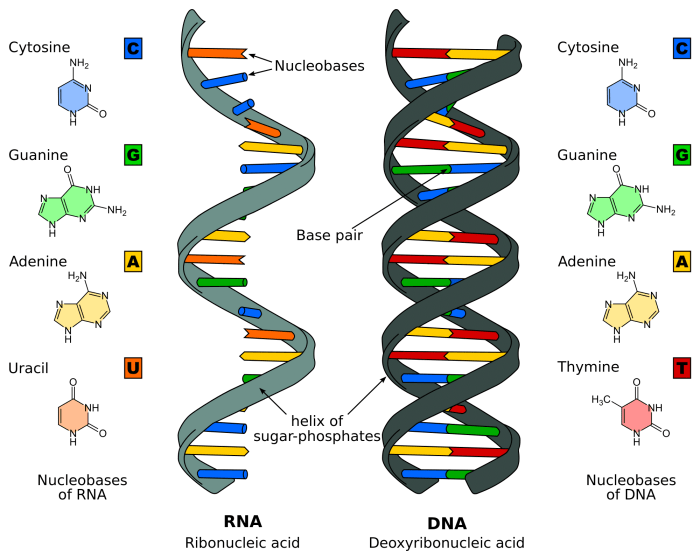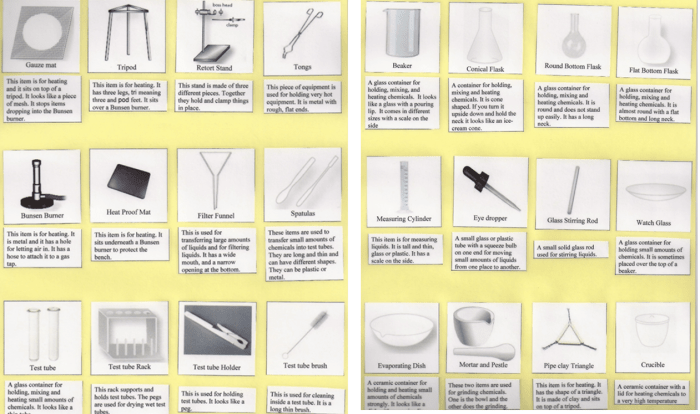Embark on an exploration of POGIL DNA structure and replication, a pedagogical approach that revolutionizes science education. This comprehensive guide unravels the intricacies of DNA, its structure, and the remarkable process of replication, empowering educators with effective strategies to engage students in deep learning.
POGIL, an acronym for Process Oriented Guided Inquiry Learning, fosters active engagement, critical thinking, and a profound understanding of scientific concepts. By incorporating POGIL into your teaching repertoire, you unlock a world of possibilities for your students, transforming them into inquisitive scientists eager to unravel the mysteries of life’s building blocks.
Introduction: Pogil Dna Structure And Replication

DNA (deoxyribonucleic acid) is a molecule that contains the instructions for an organism’s development and characteristics. It is found in the nucleus of cells and is made up of four different types of nucleotides: adenine (A), thymine (T), cytosine (C), and guanine (G).
The sequence of these nucleotides determines the genetic code for an organism.
DNA replication is the process by which a cell makes a copy of its DNA. This process is essential for cell division and growth. During DNA replication, the two strands of the DNA molecule separate and each strand serves as a template for the synthesis of a new strand.
The result is two identical copies of the original DNA molecule.
POGIL Model
POGIL (Process Oriented Guided Inquiry Learning) is a teaching model that emphasizes student-centered learning. In a POGIL classroom, students work in small groups to solve problems and develop their own understanding of the material. The teacher acts as a facilitator, guiding students through the process and providing support as needed.
POGIL can be used to teach a variety of science topics, including DNA structure and replication. In a POGIL activity, students might be given a set of data about DNA and asked to develop a model of its structure. Alternatively, students might be asked to simulate the process of DNA replication using a set of materials.
Activities, Pogil dna structure and replication
POGIL Activity: Exploring the Structure of DNA
In this activity, students will use a set of molecular models to build a model of the DNA molecule. Students will then use their models to answer questions about the structure of DNA.
POGIL Activity: Simulating the Process of DNA Replication
In this activity, students will use a set of materials to simulate the process of DNA replication. Students will then use their simulations to answer questions about the process of DNA replication.
Assessment
Student understanding of DNA structure and replication can be assessed using a variety of methods, including:
- Written exams
- Oral presentations
- Laboratory reports
- Concept maps
The POGIL model can be used to assess student learning in a variety of ways. For example, the teacher might use the following criteria to assess student performance in a POGIL activity:
- Student participation in group discussions
- Student understanding of the material
- Student ability to apply the material to new situations
Extensions
The POGIL model can be used to teach a variety of other science topics, including:
- Cell biology
- Genetics
- Evolution
- Ecology
There are a number of resources available for teachers who want to use the POGIL model in their classrooms. These resources include:
- The POGIL Project website
- The National Science Teachers Association (NSTA)
- The American Association for the Advancement of Science (AAAS)
General Inquiries
What are the key components of the POGIL model?
The POGIL model consists of four stages: exploration, concept invention, application, and resolution.
How can POGIL be used to teach DNA structure and replication?
POGIL activities can be designed to guide students through the exploration of DNA structure, including its components, bonding, and double helix shape. Additionally, simulations and experiments can be incorporated to demonstrate the process of DNA replication.
What are the benefits of using POGIL to teach science?
POGIL promotes active learning, critical thinking, problem-solving, and collaboration, leading to improved student engagement and understanding.
